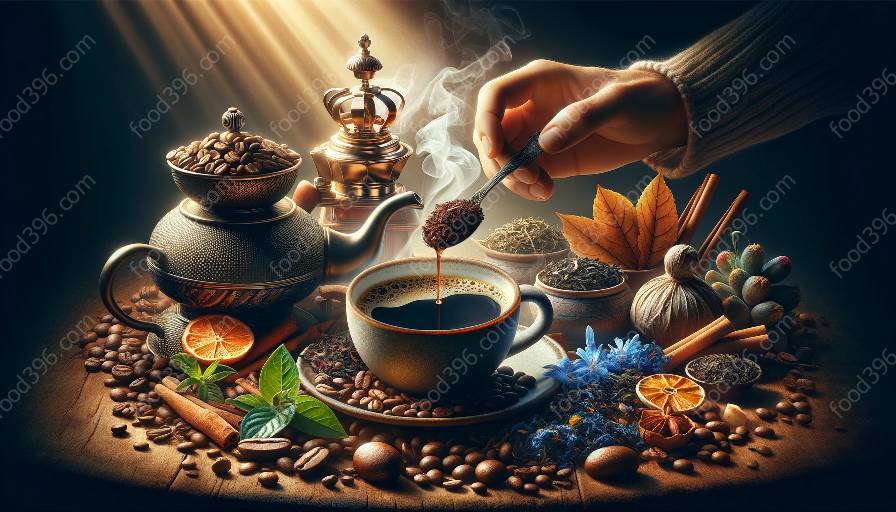Tea blending is an intricate art form that combines the mastery of flavor profiles, aromas, and scientific understanding of the components of tea. It is a process that not only requires creativity and expertise but also an in-depth knowledge of the different types of tea, their origins, and the sensory experience they evoke. This comprehensive guide explores the dynamic relationship between art and science in the intricate world of tea blending.
The Roots of Tea Blending
History
The tradition of blending tea dates back to ancient times. In China, skilled artisans began the practice of creating unique tea blends by combining various types of leaves to achieve distinct flavors and aromas. As tea trade spread across the globe, the art of tea blending evolved and diversified, incorporating techniques and traditions from different cultures.
Cultural Significance
Tea blending holds cultural significance in various regions, often reflecting the values and traditions of the communities where it thrives. From elaborate tea ceremonies in Japan to generations-old family recipes passed down in India, the art of tea blending has become an integral part of cultural practices and rituals.
The Science Behind Tea Blending
Understanding Flavor Profiles
In the scientific realm of tea blending, understanding the complexities of flavor profiles is crucial. Different types of tea, such as green, black, oolong, and white, each possess distinct flavor compounds and aromatic notes. Tea blenders meticulously analyze these components to craft harmonious blends that offer a balanced and nuanced sensory experience.
Chemical Composition
Chemical analysis plays a fundamental role in the science of tea blending. The chemical composition of teas, including polyphenols, flavonoids, and essential oils, undergoes meticulous examination to determine the ideal combinations for achieving desired flavor profiles, colors, and textures.
The Artistry of Tea Blending
Creative Expression
Tea blending is a form of creative expression that allows for innovation and experimentation. From playful infusions of herbs and spices to the subtle balance of floral and earthy notes, tea blenders utilize their artistic sensibilities to craft distinctive and memorable blends that captivate the senses.
Aroma Harmonization
The artistry of tea blending extends to the harmonization of aromas. By skillfully combining fragrant elements, such as citrus, floral essences, or woody undertones, tea blenders create immersive olfactory experiences that complement and enhance the overall tea drinking experience.
Exploring Coffee and Tea Studies
Interdisciplinary Insights
The art and science of tea blending intersect with interdisciplinary fields such as coffee and tea studies. By delving into the insights offered by these fields, tea enthusiasts gain a deeper understanding of the cultural, historical, and scientific dimensions of tea blending, enriching their appreciation for this timeless craft.
Embracing Beverage Studies
Academic Perspectives
Beverage studies provide a comprehensive framework for examining the intricate world of tea blending. Through academic exploration, the art and science of tea blending are placed within a broader context, allowing for critical analysis and a deeper understanding of the cultural and societal impact of tea blending on a global scale.
Embracing the art and science of tea blending is a journey that sparks creativity, curiosity, and an appreciation for the cultural and scientific dimensions of this time-honored tradition. Through a nuanced balance of art and science, tea blending continues to captivate and inspire tea enthusiasts around the world.

